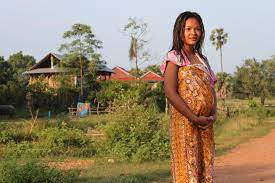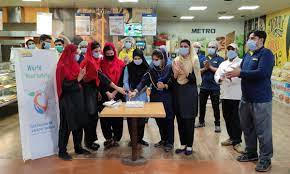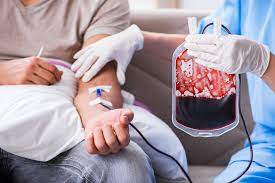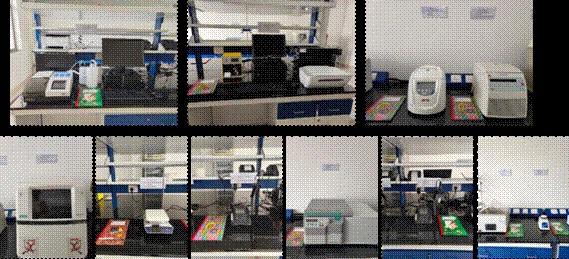“Pregnant women who received deworming medication were associated with a 14% reduction in risk for neonatal mortality, with no difference between high and low transmission countries,” said Bhavneet Walia of the Department of Public Health, Syracuse University, New York, USA. “We also found that in countries with low transmission of soil-transmitted helminths, deworming treatment decreased the odds of low birthweight by 11%, although these somewhat varied in relation to transmission rates across different countries.”
Routine deworming during antenatal care decreases risk of neonatal mortality and low birthweight: a retrospective cohort of survey data authored by Syracuse University, the World Health Organization (WHO) and SUNY Upstate is published in the journal, PLoS Neglected Tropical Diseases.
The researchers matched births on the probability of receiving deworming during pregnancy. They then modelled birth outcomes with the matched group to estimate the effect of deworming during antenatal care after accounting for various risk factors. They also tested for effect modification of soil-transmitted helminth prevalence on the impact of deworming during antenatal care.
“Intestinal worms impact the health of women and girls of reproductive age and this study supports the fact that treating pregnant women can be beneficial,” said Dr Antonio Montresor, Medical Officer, WHO Department of Control of Neglected Tropical Diseases. “WHO has long recommended the deworming women of reproductive age after their first trimester of pregnancy and in areas where the prevalence of worm infections is 20% or higher.”
An enduring gap
WHO’s global programme for the control and prevention of soil-transmitted helminthiases recommends the periodic deworming1 of children and women of reproductive age.
With strong country support and increased availability of medicines donated by GlaxoSmithKline plc and Johnson & Johnson over the past decade, significant progress has been achieved in treating preschool and school-aged children. In 2019, for example, over 613 million children – representing 59% of the world’s total – were treated.
However, treatment women of reproductive age, in general, has been relatively slower with an average of 23% pregnant women receiving deworming. But in countries in Africa where the disease is widely prevalent, the percentage of treating pregnant women is higher – reaching a mean of 35%.
Soil-transmitted helminthiases
Soil-transmitted helminths2 are transmitted by ingesting microscopic eggs that are passed in the faeces of infected people and disperse in the environment. Adult worms live in the intestines where they produce thousands of eggs each day. In areas that lack adequate sanitation, these eggs contaminate the soil.
More than 1.5 billion people, or 24% of the world’s population, are infected with soil-transmitted helminths. Infections are widely distributed in tropical and subtropical areas, with the greatest numbers occurring in sub-Saharan Africa, the Americas, China and East Asia.
Approximately 688 million girls and adult women of reproductive age live in areas which are endemic for intestinal worms, in more than 100 countries. The greatest number is found in sub-Saharan Africa, the Americas and Asia where reinfection is frequent in areas of high transmission.
WHO coordinates shipment of donated medicines to countries requesting them. They are then distributed freely by national disease control programmes during mass treatment campaigns.
Periodic deworming should be available to children and to all pregnant women in endemic countries.
Deworming is not the only answer, however. A permanent solution can only be obtained by a substantial improvement in access to sanitation – a process that is normally slow and expensive.












